Bringing Nature Home: Incorporating Greenery in Minimalist Small Spaces
Chosen theme: Incorporating Greenery in Minimalist Small Spaces. Welcome to a calm, breathable home where every leaf has purpose. Discover simple ideas, intimate stories, and practical tips—then share your own small-space greenery wins and subscribe for weekly inspiration.
Minimalist Greenery Fundamentals
Choose a few resilient plants and repeat species for visual harmony. Three matching pots with the same trailing plant can look richer than a crowded mix, allowing your eye to rest and your space to breathe without sacrificing natural presence.
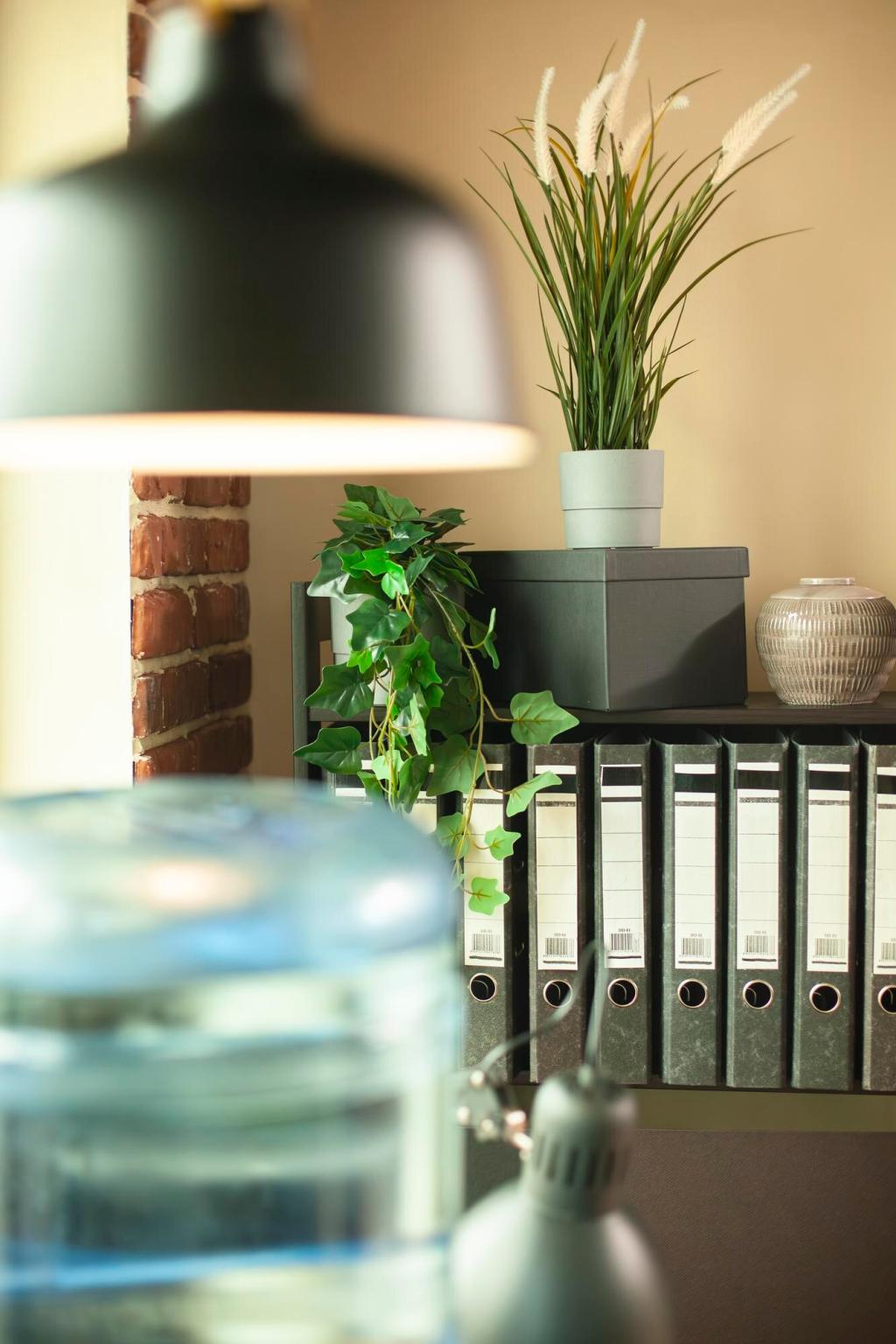

Minimalist Greenery Fundamentals
Use matte ceramics, unglazed terracotta, or light concrete in one or two tones. This restrained palette frames foliage like artwork, ensuring leaves remain the focal point while containers quietly support your minimalist aesthetic and calm daily routines.
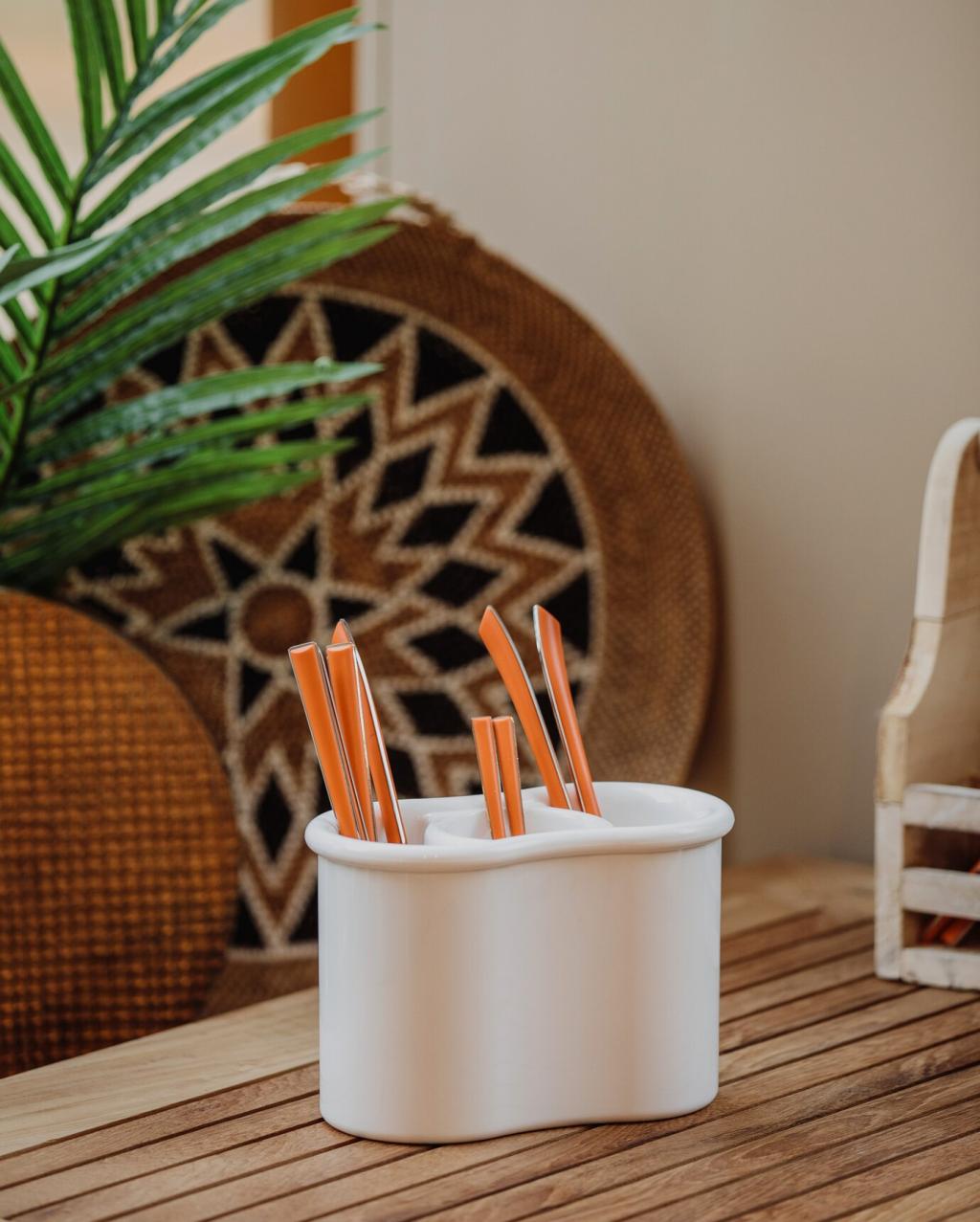

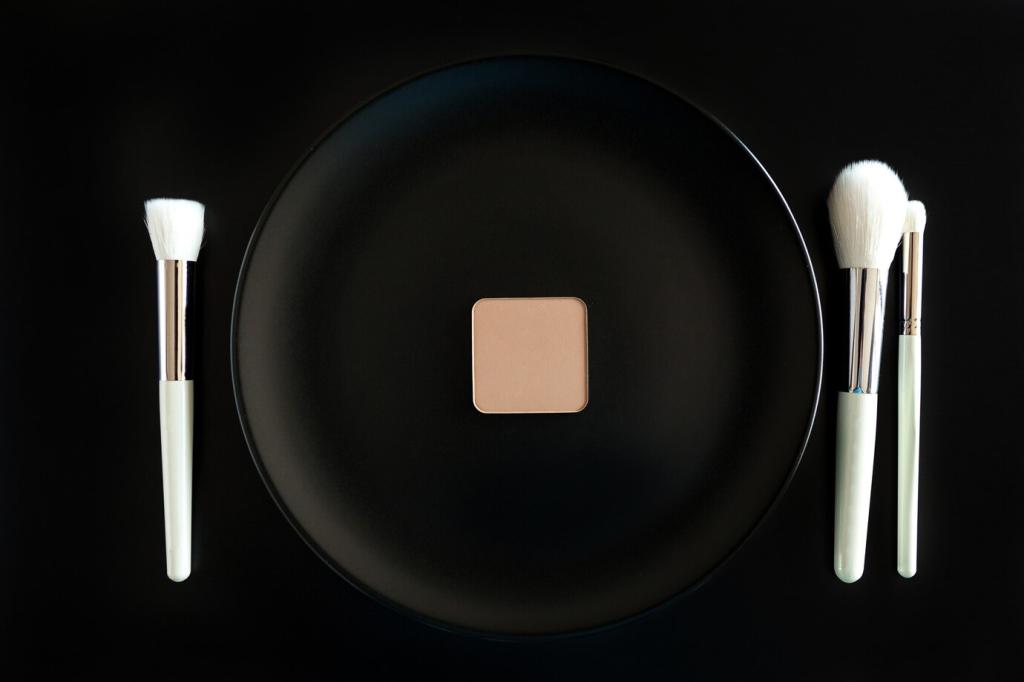
Placement Strategies in Small Homes
Install a single, slim wall-mounted shelf or ceiling hook for one trailing plant. This keeps surfaces clear for daily life, frames views, and draws the eye upward, making compact rooms feel taller and thoughtfully composed without visual noise.
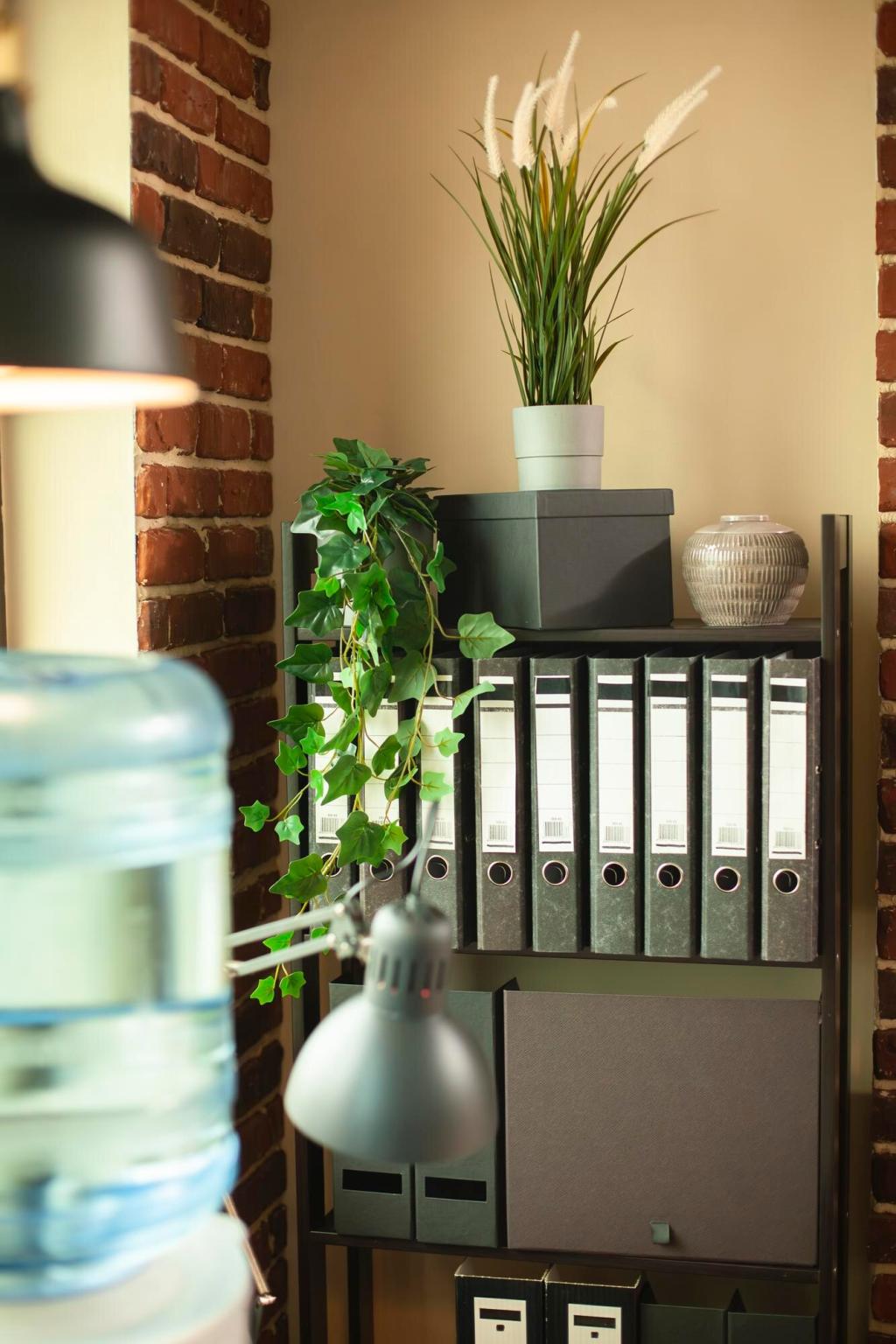
Placement Strategies in Small Homes
Corners near doorways, window reveals, and the top of bookcases often receive gentle, reflected light. A single upright plant here creates a quiet green pause between zones, guiding movement while maintaining clutter-free pathways and a minimalist visual rhythm.
Containers and Materials That Keep It Minimal
One material, many sizes
Pick a single container material and repeat across small, medium, and tall profiles. This consistency reads cohesive and intentional, allowing you to shift plants seasonally without rethinking your whole look or cluttering storage with mismatched pots.
Terracotta as a teacher
Unglazed terracotta breathes, drying faster and teaching a healthier watering rhythm. In tiny spaces, it also prevents overwatering mishaps, while its warm, natural tone pairs beautifully with green leaves and clean, minimalist palettes of white, sand, and charcoal.
Subtle self-watering solutions
Choose simple, cylindrical self-watering planters with hidden reservoirs to maintain sleek lines. They reduce watering frequency, limit spills on delicate surfaces, and keep attention on foliage, not gear, which is perfect for serene, uncluttered small-space living.
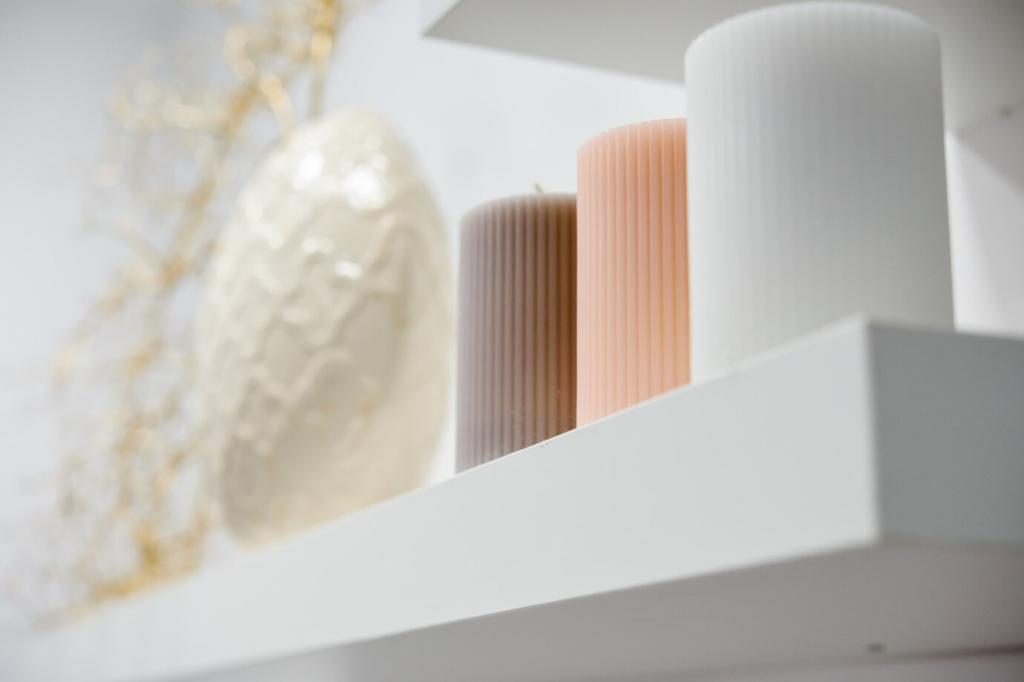
The five-minute weekly reset
Link plant care to an existing habit, like Sunday coffee. Wipe leaves, check moisture with a finger, rotate pots a quarter turn, and top up reservoirs. These tiny actions keep growth compact, leaves glossy, and your space consistently calm.
Water and light, simplified
Water less often but more thoughtfully. Wait until the top inch is dry for most forgiving plants, and move pots closer to bright windows in winter. This predictable approach prevents stress while preserving your minimalist rhythm and tidy surfaces.
Seasonal tuning without clutter
Swap one planter stand for a slightly taller one when light drops, rather than adding extra lamps. Adjust placement, not possessions, so your home stays minimal while plants continue thriving through subtle, thoughtful changes that respect small-space flow.
A Studio Story: Three Plants, Big Calm
Before: a crowded console, mixed pots, and restless energy. After: one tall snake plant by the window, a pothos cascading from a single shelf, and a small peperomia by the kettle. Breathing room appeared, and morning light felt suddenly generous.
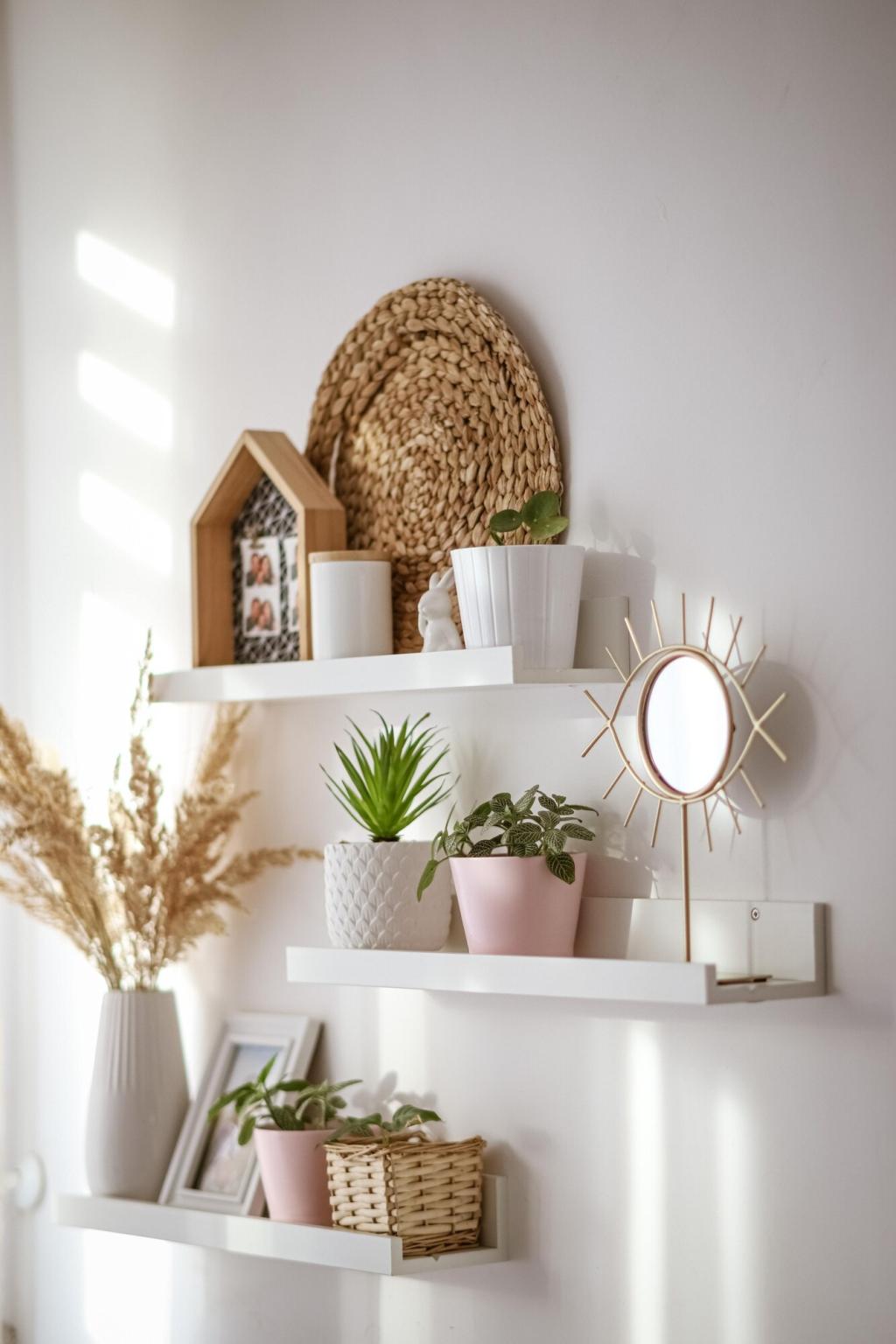

A Studio Story: Three Plants, Big Calm
She reported quieter mornings and fewer dropped items, simply because surfaces were clear. Watering aligned with her tea ritual; leaves were wiped while the kettle hummed. The room felt easier, and guests noticed the gentle, green punctuation at every glance.
Troubleshooting and Community
Yellow leaves, clear actions
One yellow leaf does not equal crisis. Prune it, check drainage holes, and review light. If soil stays wet for days, reduce watering or switch to terracotta. Tell us what changed, and we will help you refine the routine.
Leggy growth in small spaces
Long gaps between leaves mean plants want more light. Move them closer to a bright window and rotate weekly. If stems stretch too far, trim and propagate in water, then replant a single cutting to keep your displays uncluttered.
Subscribe and share your wins
Join our minimalist plant circle for monthly check-ins and tiny challenges that keep momentum gentle and real. Comment with your smallest successful tweak, tag a friend who needs calm greenery, and subscribe for upcoming guides tailored to tight spaces.
